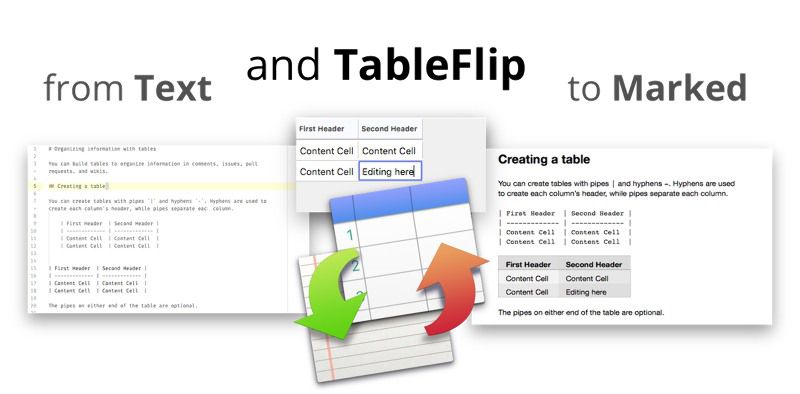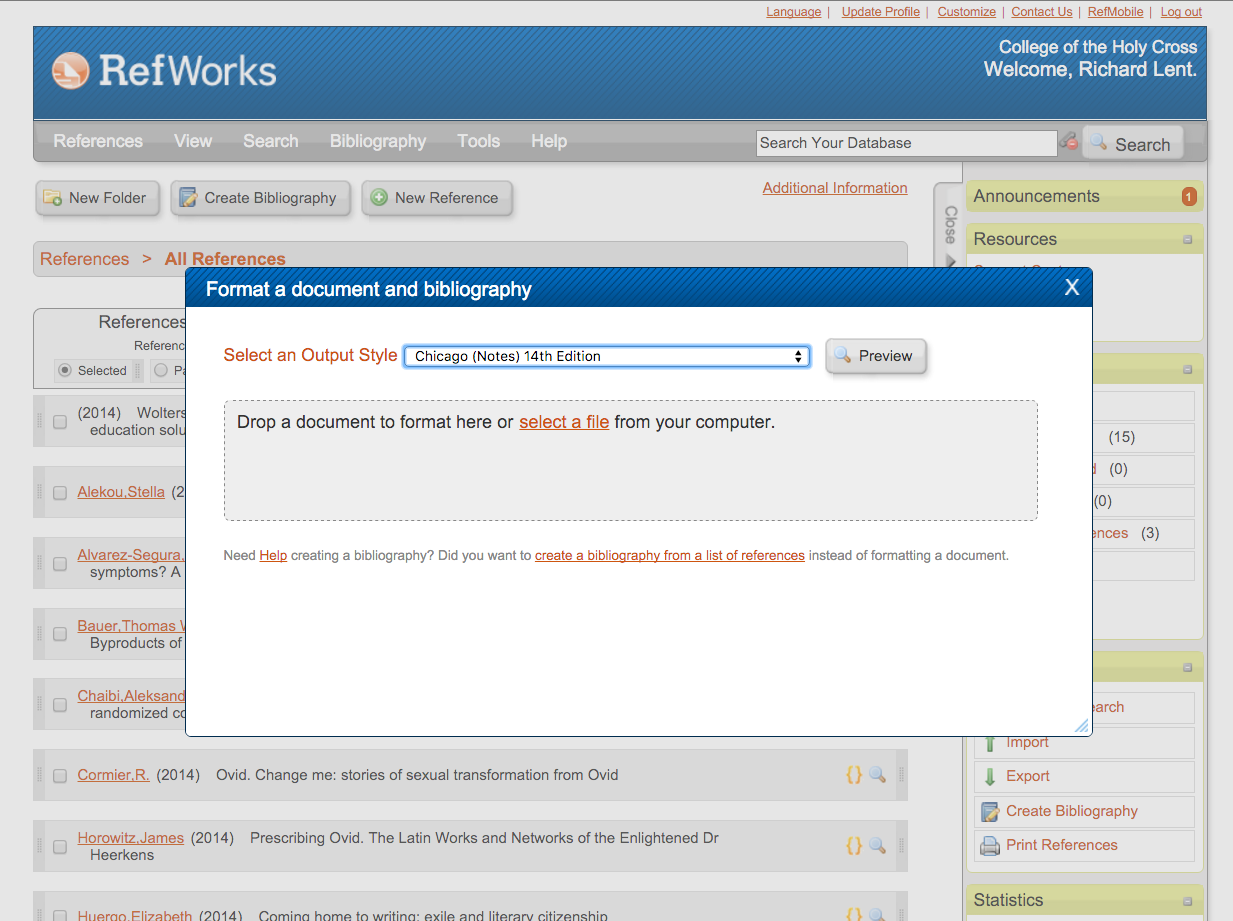

It’s liberating.įurthermore, many proprietary file formats include a tremendous amount of additional information pertaining to styling that isn’t relevant in the writing stage but causes the file sizes to balloon.Īs a simple example, let’s look at my previous post on Inbox Zero. This means you can share it with anyone through any means without worrying about compatibility. You can edit it using any text-compatible app under the sun, including the default ones without fear of strange formatting issues or conversion problems. Whether you’re working on a Mac, PC, or Linux computer, a mobile device, or a web service, plain text will work. It adds a layer of complication to simple things like sharing a draft or editing a document from your phone. The problem with this system is that it requires the presence of a compatible app. Most dedicated word processing apps have their own proprietary file format, which may be more or less open to third parties who wish to convert to and from that format. The words you fill it with are still plain text.

This isn’t to say that aesthetics don’t matter while writing, and this is where plaintext writing apps differentiate themselves by providing various levels of control over the look of your writing environment, from none (iA Writer) to an entire theming system (Ulysses).īut even the most robust set of preferences will only allow you to affect the appearance of your workspace. Plain text writing works the same way, by acknowledging that it’s easier to be productive as a writer if we minimize distractions during the writing process and break off the stylistic considerations into their own, dedicated stage of the workflow-they deserve our undivided attention when we’re ready for that. No fonts, no formatting beyond your own cursory indications, and no distractions from the process of getting the words out of your brain. When you’re writing on paper, all you have is the text. A writing environment must facilitate writing. Lots of bells and whistles meant you could spend more time whistling than writing, which defies the core expectation a writer has for his/her tools. Workflow Separationīefore plain text writing became popular in the digital realm, focus was often the first casualty in the battle between word processors vying for your attention.

Keep writing file format and platform agnostic.Plain text writing has three basic goals: If you think about it, the workflow and mentality of writing on paper is very similar to plain text, and only the medium differs. Interestingly, these writers seem to get Markdown more readily than their Microsoft-Word-wielding contemporaries. Plain Text is a Paper Notebookīefore computers, writers used pens and wrote on paper. I’ve found that the best place to begin is on paper. I use Markdown, so I’ll use that as the example syntax throughout this article, but the principles apply regardless of which language you prefer. There are a few dimensions to this discussion, and most of them stem from my attempts to explain to writers who aren’t familiar with the concept why I opt to work exclusively in plaintext. This is counter-intuitive: after all, if a writer wants to focus on writing then what could be more pure than plain text? It’s as simple as it gets. In my own circle, everyone uses Markdown-my writing colleagues, the publications I write for, most of my writer friends-but when you have a conversation with someone who is used to writing in Word, you realize that the benefits are not at all obvious. Plain TextĪs a writer and a geek, it’s easy for me to lose sight of just how tough a sell plaintext markup languages are for your average wordsmith. If you’ve heard of Markdown, reStructuredText, Textile, LaTeX, Fountain, or any one of the many flavours of plaintext markup language out there, then you already know the what.


 0 kommentar(er)
0 kommentar(er)
